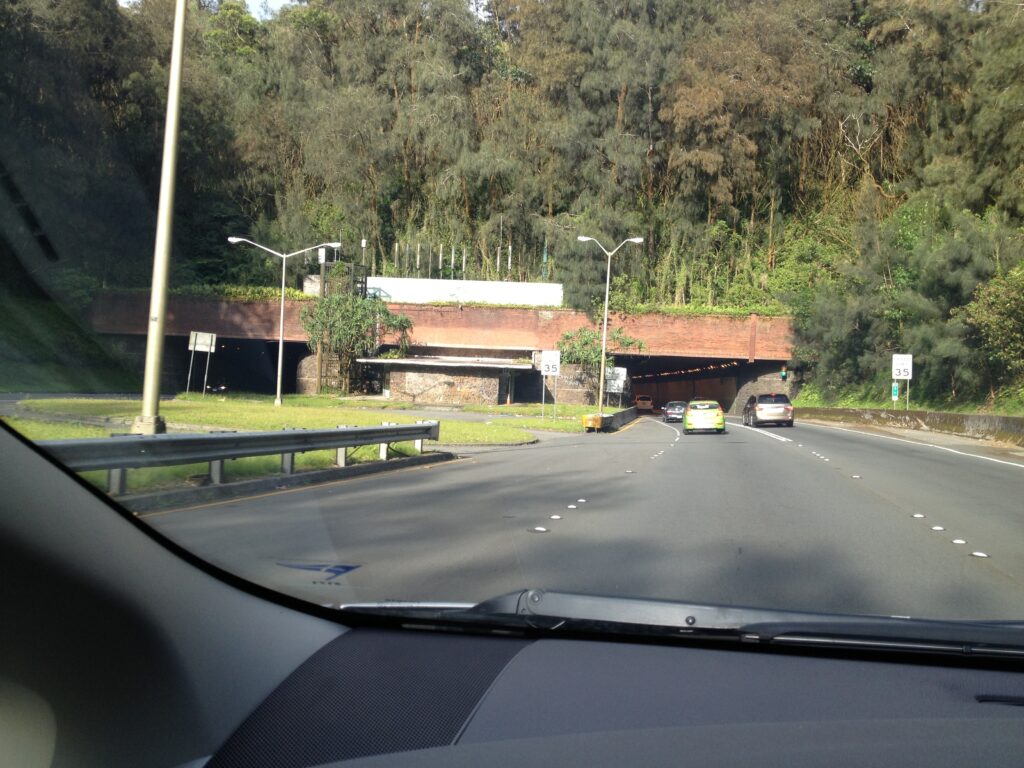“The articles of incorporation of the City Mill Co, Ltd., were approved (June 13, 1899.) The names that appear are as follows: Wong Leong, CK Ai, WW Ahana, C Mun Kai, Pang Chong and Ho Fon. The capital stock is $60,000 to be divided into 60 shares at $100 per share.”
The officers were: Wong Leong, president; Chung Kun Ai, vice president, treasurer and manager; C Mun Kai, secretary; WW Ahana and Yeong Chee, auditors and Pang Chong, foreman.
“The company intends to carry on the business of rice millers, rice merchants, planing mill, builders and contractors, lumber merchants and dealers in builders’ and contractors’ supplies and any other business that can be carried on in connection therewith.” (Evening Bulletin, June 14, 1899)
So it began; and it continues to provide much of the same core services it started with over a century ago. Let’s look back.
In 1879, at 14 years of age, Zhong Wenyu (better known in later life as Chung Kun Ai or CK Ai and his father sailed for Hawaii on a three-masted German schooner from the port of Whang Poo near Canton, China. (Rhoads)
Chung Kun Ai’s father had been to Hawaiʻi eleven years earlier and was a merchant in Kona, Hawaiʻi. With a prospering business, he returned to China to bring his family to their new home.
As a young teenager, and speaking neither English nor Hawaiian, Chung Kun Ai enrolled in ʻIolani where he spent two years (his only formal schooling.) It was here that Ai converted to Christianity, which was to remain the central force in his life.
It was also at ʻIolani where he met and developed a lasting friendship with a fellow student, Sun Tai-Cheong, later known to the world as Sun Yat Sen, father of the Chinese Republic.
Their friendship provided a foundation to formulate the principles of the Chinese Republic. On his third trip in Hawaiʻi (on November 24, 1894) Sun established the Hsing Chung Hui (Revive China Society,) his first revolutionary society. Among its founders were many Christians, one of them being Chung Kun Ai.)
Years later, Chung Kun Ai received the highest medal of honor from the Chinese government for his recognition of the needs of the people.
Following his education at ʻIolani, at the age of 17, Ai’s father bought him a partnership in a tailor shop. However, the business did not appeal to Ai and he left the business in 1887. That same year, at the age of 21, Ai joined the firm of James Isaac Dowsett as a secretary, clerk and bookkeeper.
Dowsett (said to have been the first white child, not of missionary parentage, born in Hawaiʻi) was engaged in a conglomerate of activities in the islands.
Dowsett had first worked for the Hudson Bay Company; then, in the early-1860s he entered the whaling business, owning a fleet of whaling ships. Besides his whaling activities, Mr. Dowsett engaged in the lumber business and owned a fleet of schooners and small steamers operating between the islands.
Dowsett also had extensive ranching interests; properties now occupied by Schofield Barracks, Fort Shafter and Lualualei were once pastures for Dowsett’s cattle and horses.
Ai eventually became Dowsett’s protégé, earning his respect for his careful management skills. As a result, Dowsett allowed Ai to use a portion of his warehouse, and Ai started importing cigars, tea, peanut oil, shoe nails and other items.
Then, following Dowsett’s death, Ai and others started City Mill, a rice milling and lumber importing business in Chinatown, Honolulu. Unfortunately, within 8-months after opening, it succumbed to the 1900 Chinatown fire.
Without insurance, they raised the necessary funds, rebuilt and added new product lines. However, again, in 1919, a fire burned City Mill. Fortunately, this time, insurance covered the damage.
By the early 1920s, City Mill was so successful that Ai ventured into the pineapple business, and formed the Honolulu Fruit Company, which owned 5-pineapple fields and a cannery. (It did not survive the Great Depression of the 1930s.)
In 1926, City Mill took an interest in the Vigilant (a 244-foot sailing ship built in 1920) and placed her in service to carry lumber from Puget Sound to Hawaiʻi (it was capable of carrying 2,000,000-board feet of lumber each trip.) (Gibbs; Caphoneirs)
Prior to World War II, in conjunction with its building supplies, City Mill had the distinction of having the only rice mill in Honolulu and having the largest rice mill in Hawaiʻi.
The war forced City Mill to abandon its rice operation and to concentrate on providing construction materials for the armed forces and civilians. By the war’s end, City Mill emerged as one of the largest building materials suppliers in the Pacific.
Along the way, Chung Kun Ai also ventured into other types of businesses with varying degrees of success in laundry, fishing, tobacco and oil drilling.
In 1950, Chung Kun Ai opened the present City Mill store on Nimitz Highway. The building was dedicated to James I. Dowsett, Ai’s mentor, friend and benefactor.
In 1956, in recognition of his exemplary family life, Chung Kun Ai was awarded “Father of the Year” by the Honolulu Chamber of Commerce. In 1957, Governor Samuel Wilder King bestowed upon Chung Kun Ai the “Order of the Splintered Paddle” for Ai’s outstanding service to mankind.
In the summer of 1980, after 81-years of operation, City Mill phased out its Wholesale Division; this allowed City Mill to concentrate its energies on the expansion of its retail home centers.
With the success of the retail home centers, City Mill expanded into the Honolulu suburbs. The first branch store opened in Kāneʻohe in 1960; then Waipahu (1967,) Waimalu Shopping Center (Pearl City)(1975,) Kaimuki (1984,) Hawaii Kai and Mililani Town Center (1993,) Waianae (1999,) and relocation of the Waipahu store to Laulani Village Shopping Center in Ewa Beach (2012.) (Lots of information here from City Mill.)

























































